EVEREADY AS1-3KS-5.1 User manual




















Other manuals for AS1-3KS-5.1
1
This manual suits for next models
3
Table of contents
Popular Inverter manuals by other brands
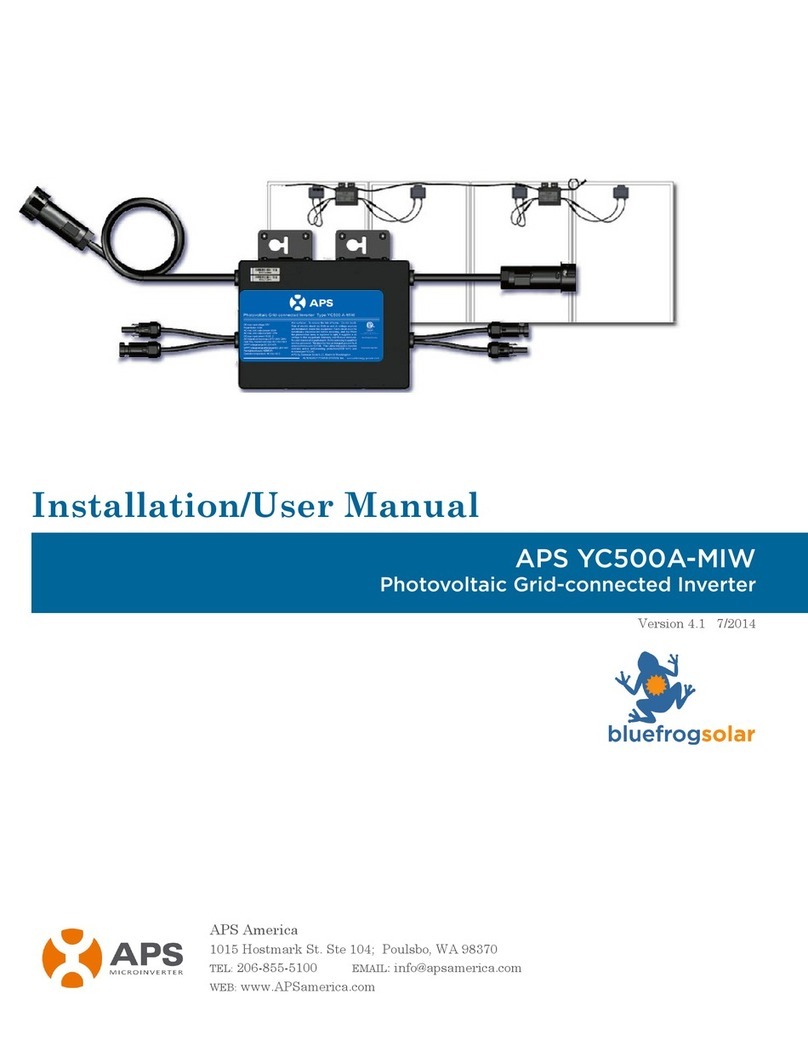
APS
APS YC500A-MIW Installation & user manual
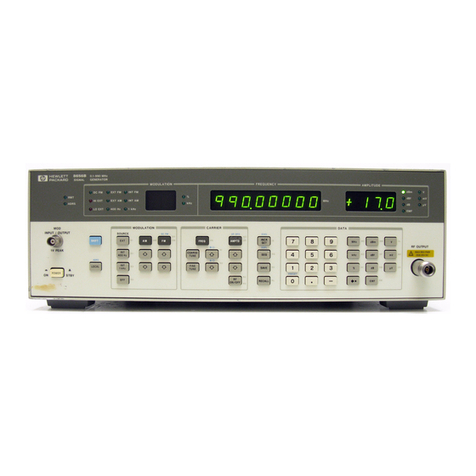
HP
HP 8656B Quick reference guide
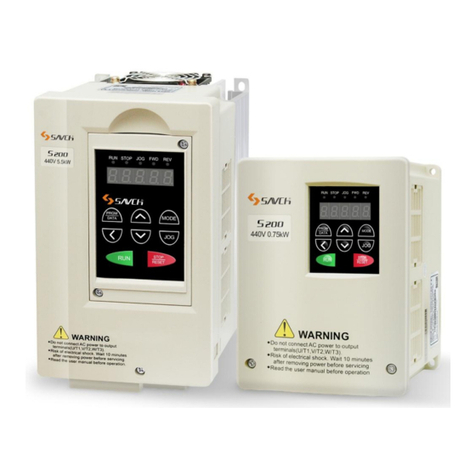
Savch
Savch S200 Series user manual
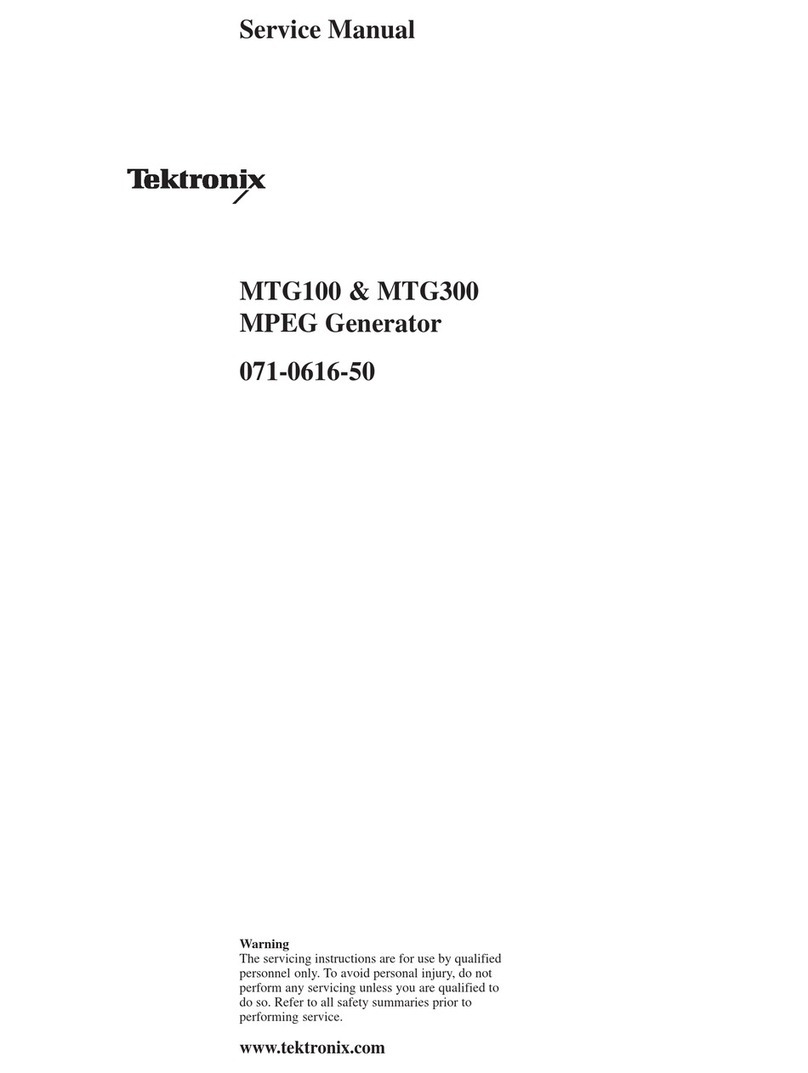
Tektronix
Tektronix MTG100, MTG300 Service manual
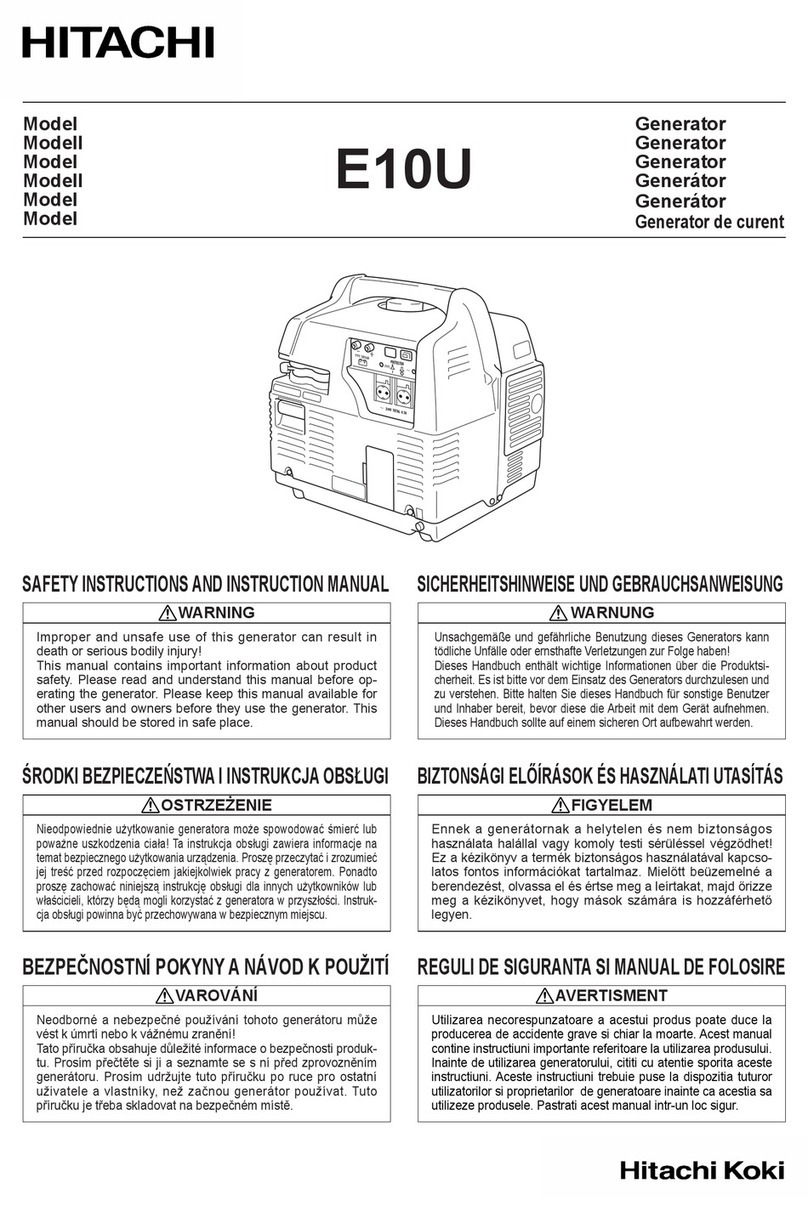
Hitachi
Hitachi E10U Safety instructions and instruction manual
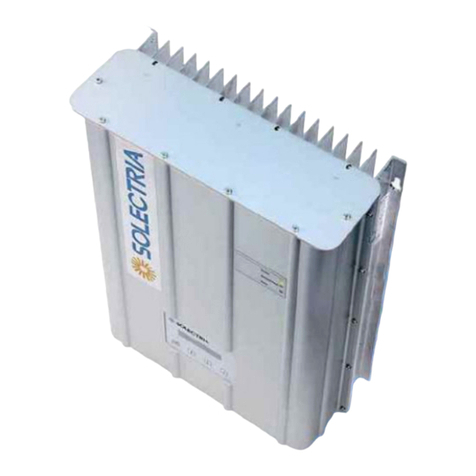
Solectria Renewables
Solectria Renewables PVI 2500 Installation and operation manual
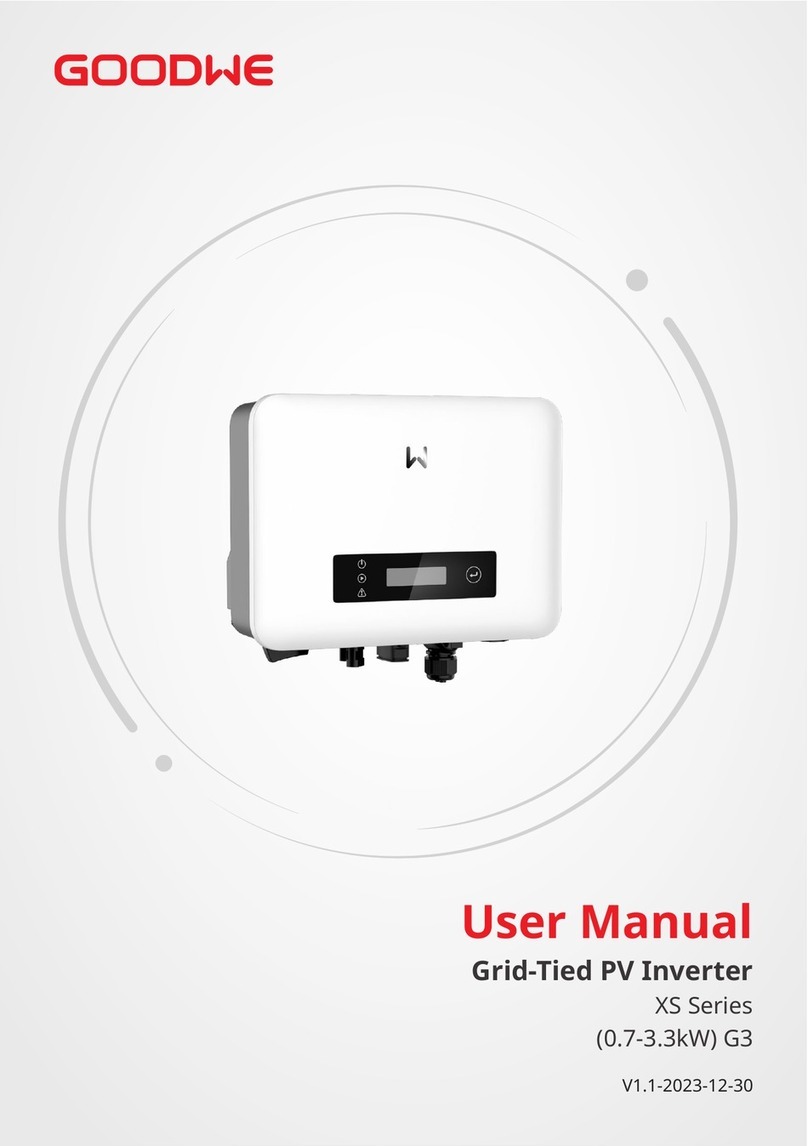
Goodwe
Goodwe XS Series user manual

4-noks
4-noks Power Reducer SA quick guide

TECO-Westinghouse
TECO-Westinghouse L510-1P2-H1-U Startup manual

Firman
Firman SDG2500CL owner's manual

TP-Solar
TP-Solar 30W solar Charger instruction manual

Mitsubishi Electric
Mitsubishi Electric fr-e700 series instruction manual

Goodwe
Goodwe GW009K-DT user manual
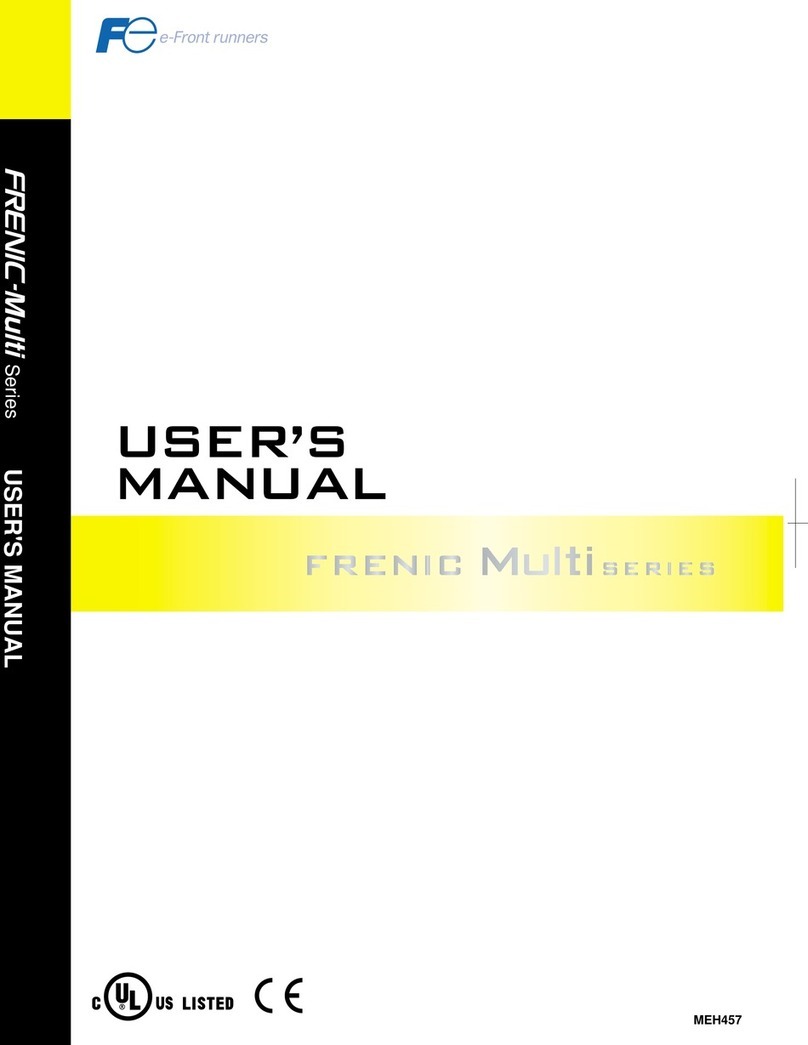
Fuji Electric Europe
Fuji Electric Europe FRENIC-Multi user manual
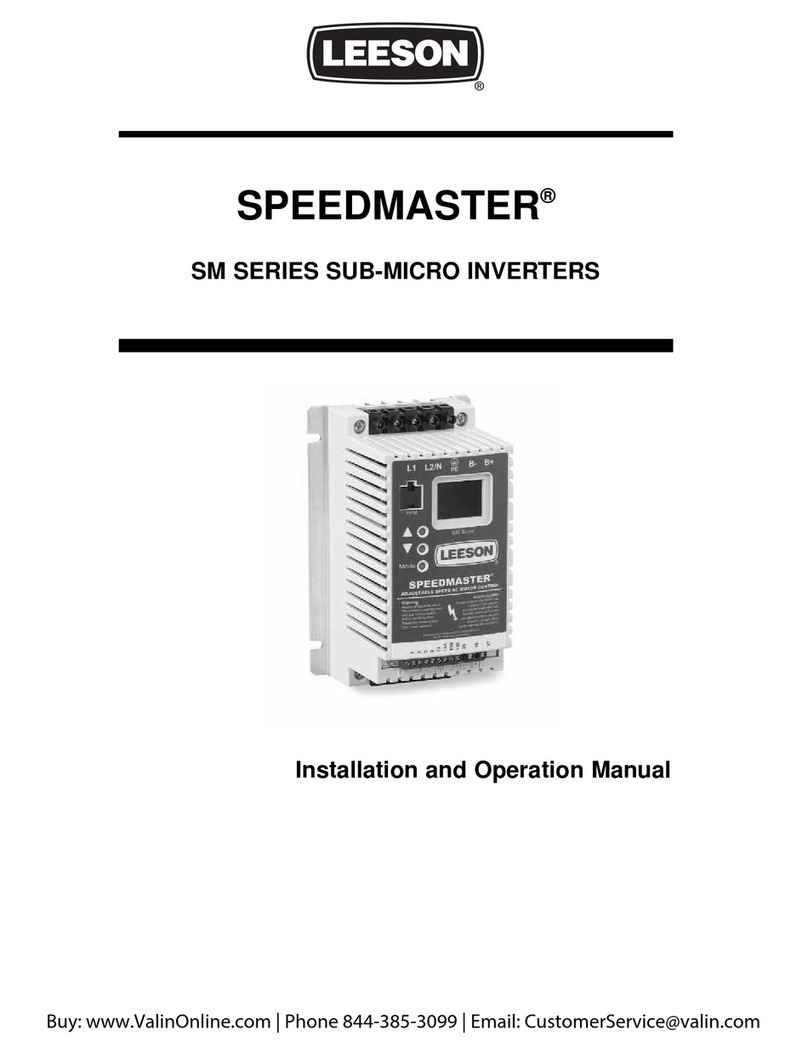
Leeson
Leeson SPEEDMASTER SM Series Installation and operation manual
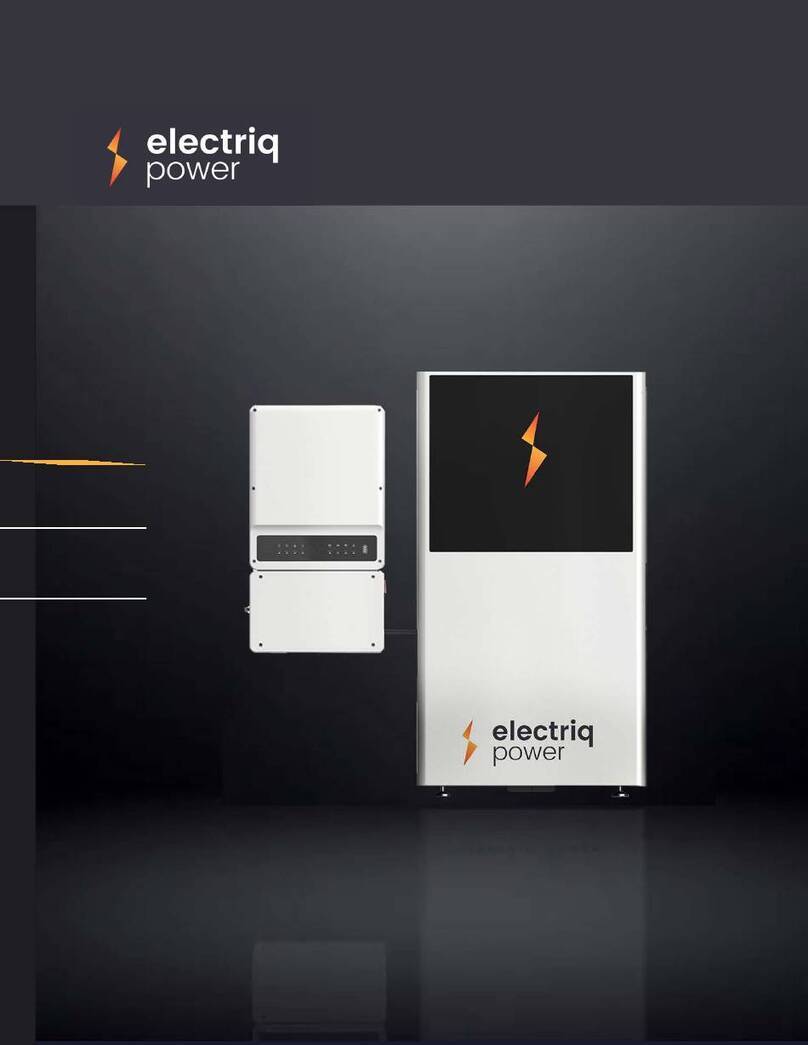
Electriq Power
Electriq Power PowerPod 2 Quick user guide

TECO-Westinghouse Motor
TECO-Westinghouse Motor GA7200 Operation manual
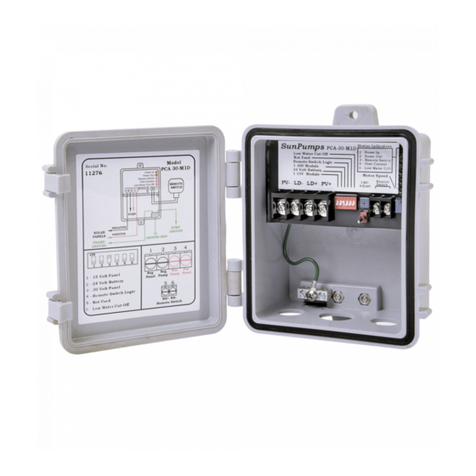
SUNPUMPS
SUNPUMPS SDS Series Operation and installation manual